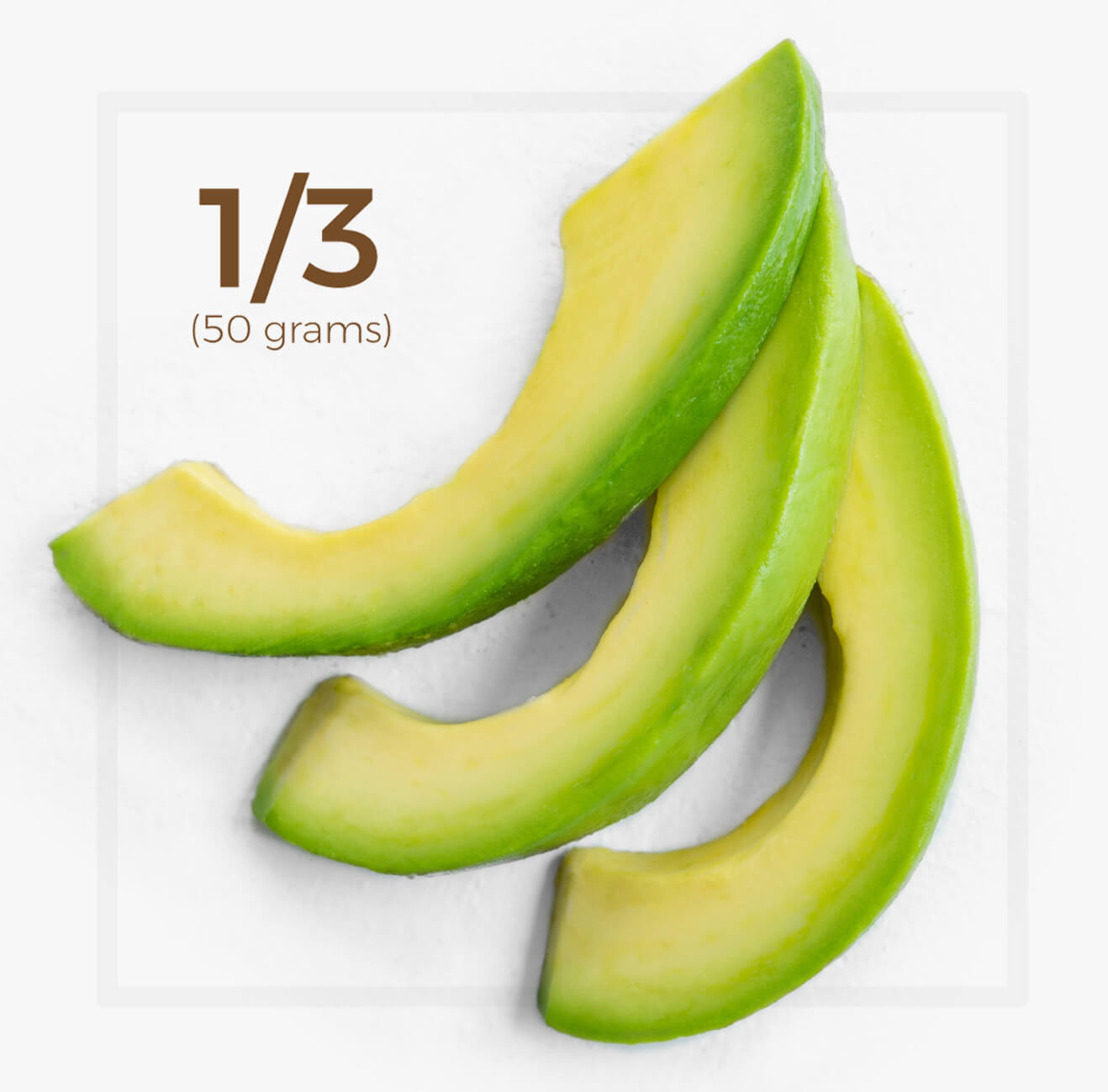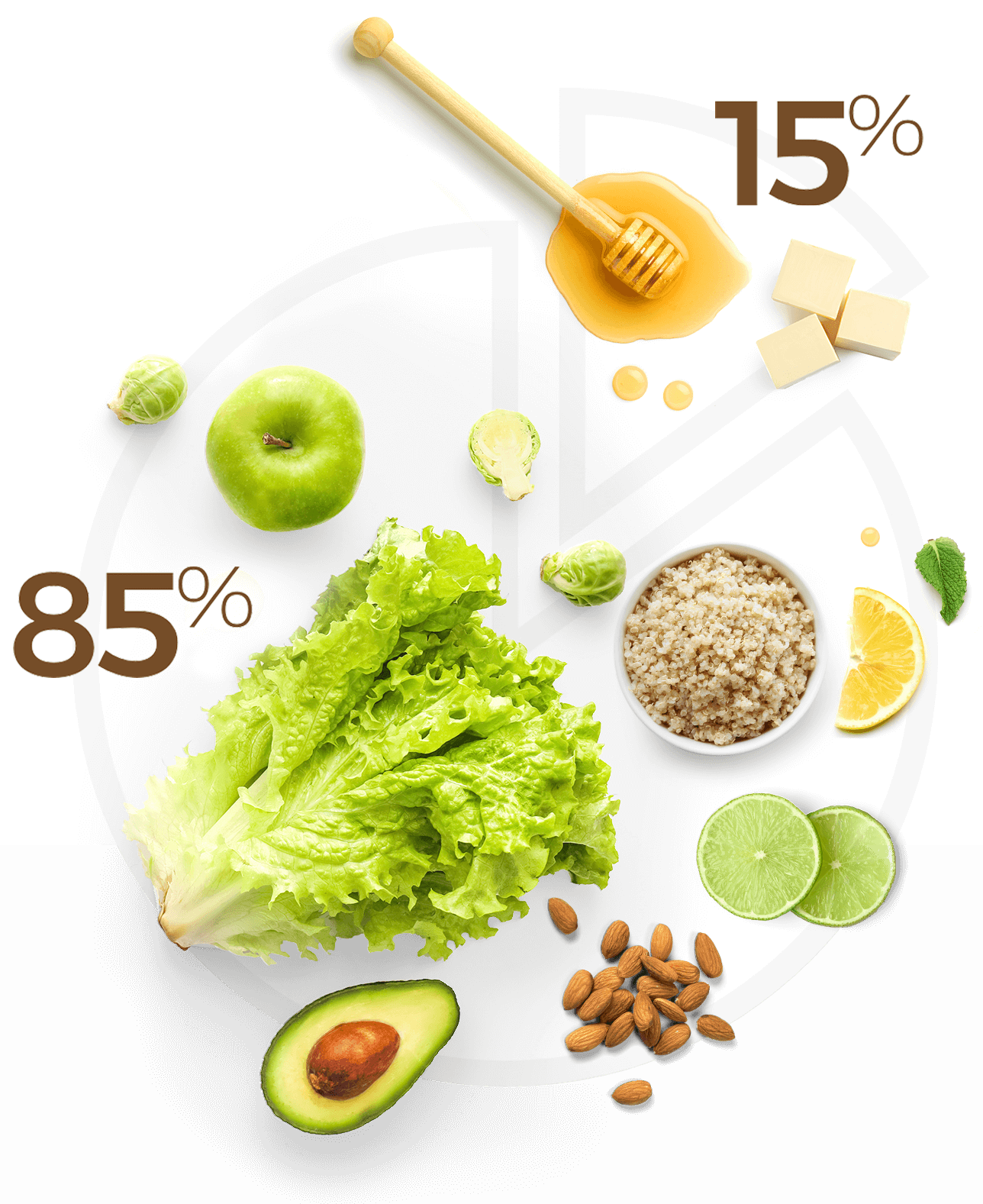Nutrient-dense foods contain vitamins, minerals, and other important substances for positive health effects, and contain little or no added sugars, refined starches, solid fat, and sodium. Nutrient-dense foods include fruits, such as avocado, vegetables, whole grains, low-fat milk products, seafood, lean meats, eggs, beans, nuts, and seeds.

Eating nutritious foods, such as avocado, in the right amounts, helps maintain a healthy body weight, and may lower your risk for chronic diseases such as diabetes and heart disease.
For example, one-third of a medium avocado (50 grams) has 80 calories and contributes nearly 20 vitamins and minerals, making it a healthy, nutrient-dense food choice.


Eating nutrient-dense foods can be easy and delicious if you plan and make thoughtful meal choices. According to the U.S. Dietary Guidelines, 85% of the food you eat should come from nutrient-dense sources.
That leaves 15% of calories for other uses, such as adding a teaspoon of honey to your tea or a pat of butter to your vegetables.
Let’s start with breakfast.
Selecting nutrient-dense food for breakfast and making small shifts in preparation techniques may significantly improve your meal’s overall flavor and calorie level. Think of avocados as your next go-to ingredient to add nutrients and flavor.
Here’s an Example
Typical
Breakfast Sandwich Meal
| Plain English Muffin | 1 |
| Fried Egg | large |
| Bacon | 3 slices |
| Cheddar Cheese | 1 oz |
| – | – |
| Hash browns | ¼ c |
| Total Calories | 635 |
Nutrient-Dense
Breakfast Sandwich Meal
| Whole wheat English Muffin | 1 |
| Poached Egg | large |
| Canadian Bacon | 2 slices |
| Cheddar Cheese, low-fat | 1 oz |
| Avocado Slices | ⅓ of medium |
| Grapefruit, medium | ½ |
| Total Calories | 448 |




